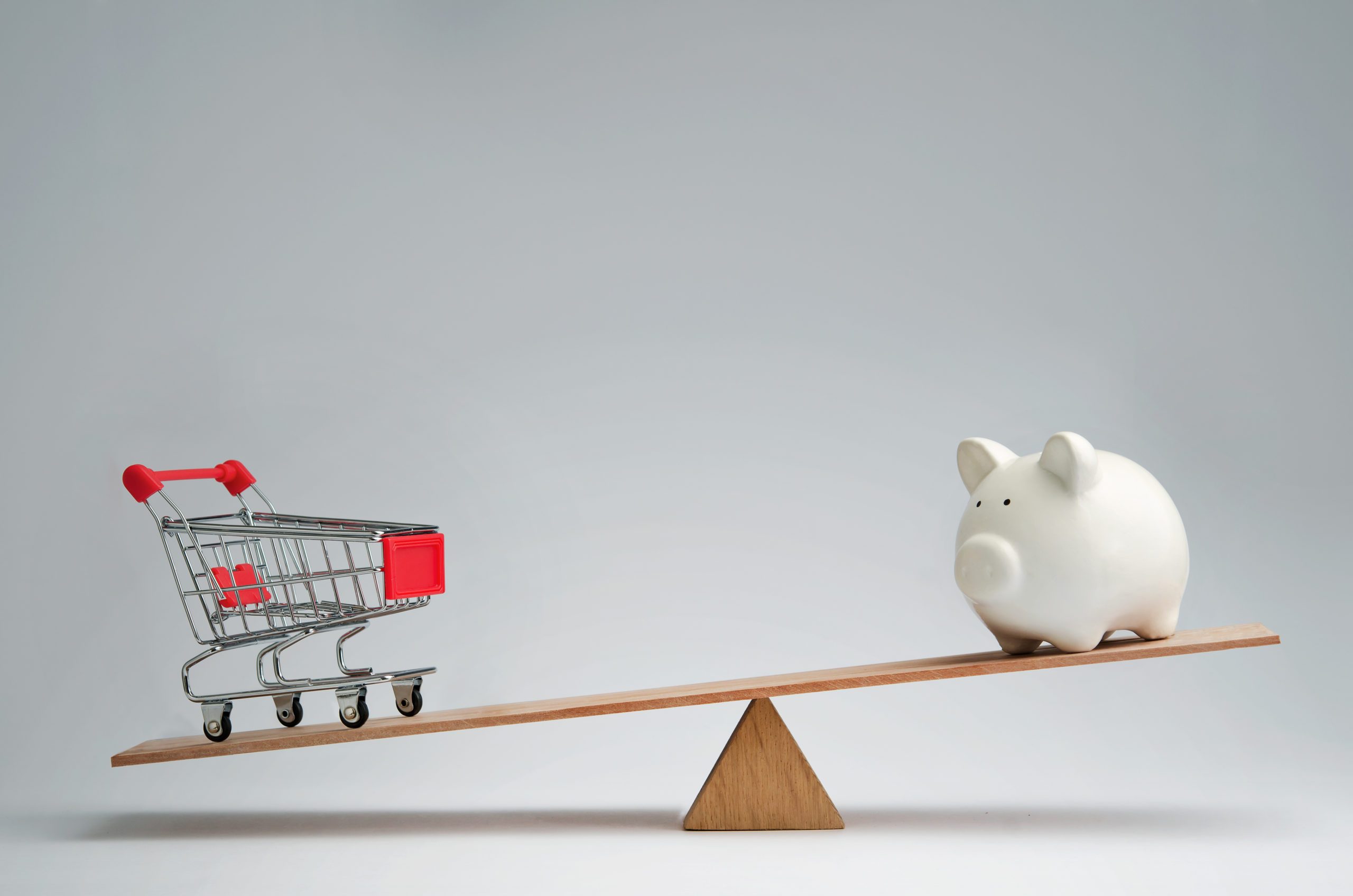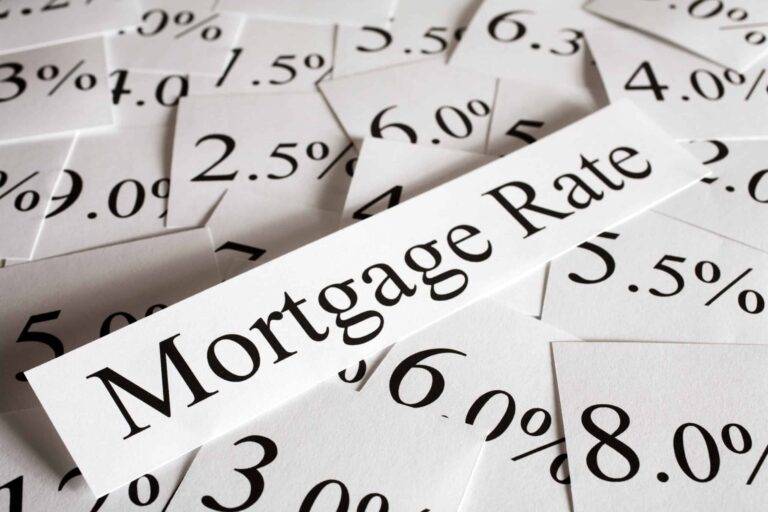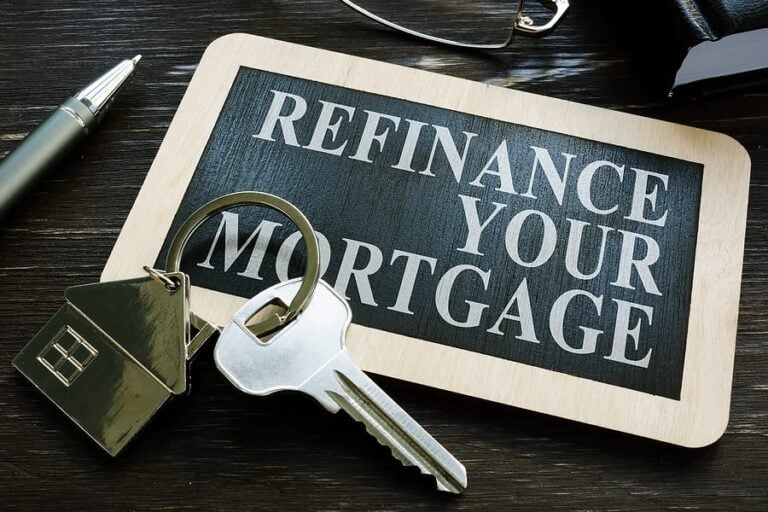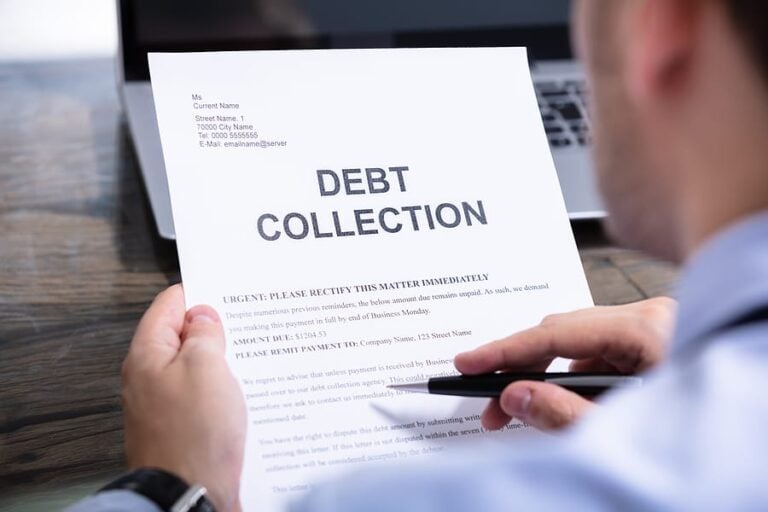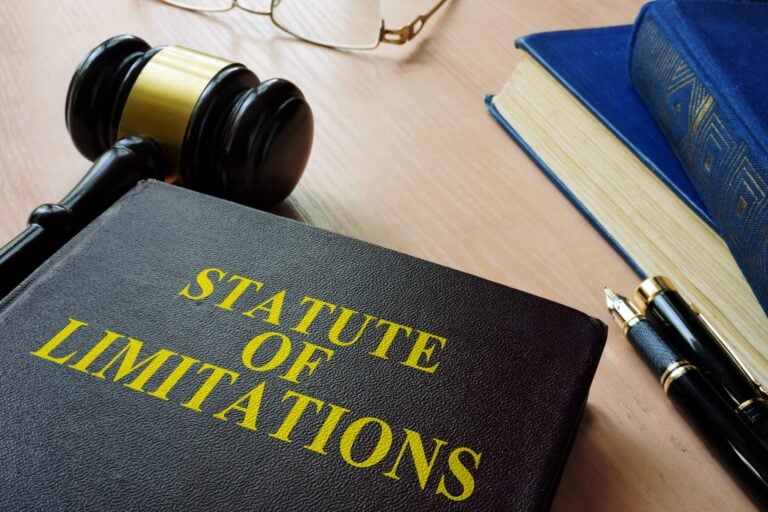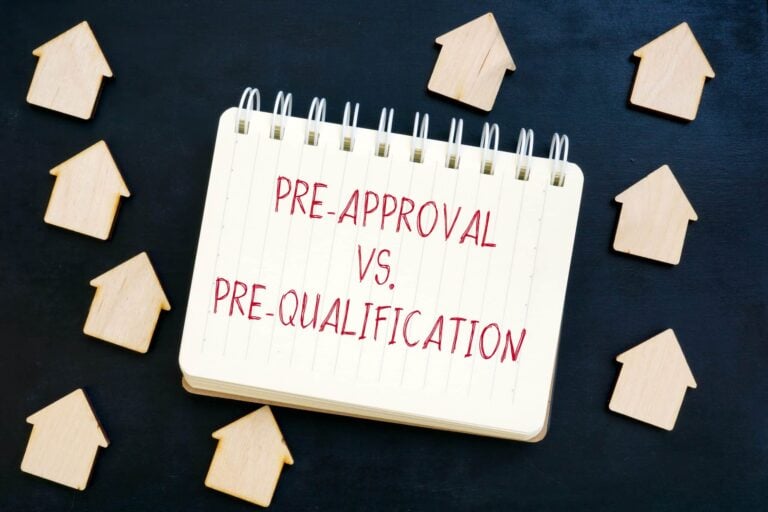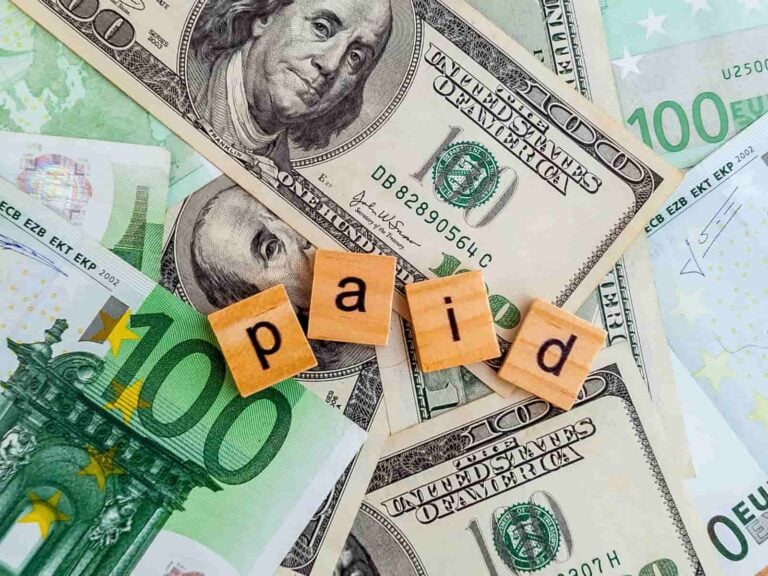Most global economies approached the potential economic turmoil that would have resulted from the pandemic in the same way: all-in spending! In America, that spending amounted to a completely overwhelming $13 trillion by mid-2021. That’s more money than the US spent in the most expensive 13 wars in US history!
With all that spending, it only makes sense that the bill would come due eventually.
For most of us, that crunch period started as soon as the Federal Reserve decided to raise interest rates to cope with ever-increasing inflation. If you don’t understand the correlation between interest rates and inflation, then you might not realize why this move was so significant or how it will rock the economy in the coming months.
Learn the top five things you need to know about how interest rates and inflation interact below.
1. The Inverse Inflation and Interest Rates Relationship Explained
The Federal Reserve controls interest rates, which are defined as the rates lenders are legally able to charge borrowers on loans. In other words, interest rates control how expensive or cheap it is to borrow money. When interest rates are high, it costs more money to take out debt. When interest is low or at zero, it costs little to nothing to take out debt.
Inflation, on the other hand, happens when the actual value of a dollar decreases due to rising prices of goods and services. For instance, you may have been able to purchase a pack of gum for $0.25 as a youngster, but now, that same product costs a whopping $1.00. Why? The value of today’s dollar is equal to yesterday’s quarter.
So, what effect does inflation have on interest rates and why? The Federal Reserve uses the interest rates to help curb the impacts of inflation. As inflation gets higher, the Fed can also raise interest rates, which will theoretically help stabilize the value of a dollar and the economy as a whole.
With that in mind, there should be an inverse relationship between interest rates and inflation. Inflation usually climbs higher when interest rates are low, while higher interest rates will drive inflation downwards.
2. The Parallel Interest Rate and Inflation Paradox
The inverse relationship between interest and inflation is merely theoretical. In reality, these two seem to work in a more parallel manner. In other words, when inflation starts to get out of control, the Fed raises interest rates to offset it. When inflation goes lower, the Fed will likely respond and reduce interest rates, too.
3. Higher Interest Rates and Inflation Means Things Will Get More Expensive
As if pandemic-induced shortages weren’t causing prices to go up fast enough, higher interest rates will also make things more expensive, too. So, higher interest rates coupled with the already historically high inflation rates are likely to make things even more expensive in the short-term. This will incentivize most Americans to cut back, save more, and take out far less debt than in the past.
4. Higher Interest Rates Make it Profitable to Save
When you have high inflation, your currency isn’t as powerful. It’s more profitable to save money and allow high interest to increase the purchasing power of each of your dollars. On the flip side, this economic situation also makes borrowing money very expensive.
The good news, though, is that any old existing debt will become easier to pay off during high interest and inflationary periods. If you’re able to, then now is a great time to pay off your old debts and clear them away for good!
5. Low Interest Rates and Low Inflation Creates Prosperity
Low interest rates and low inflation create economic booms and prosperity periods. These financially ‘good’ times can’t last forever, though! When it doesn’t cost much to take out debt, consumers have an incentive to do so. In so many cases, that leads to taking on way too much debt and failing to save up for the future. Don’t believe us? Take a look at how much was spent during the pandemic as proof. As a result of our short-sightedness, we’re dealing with the economic aftermath now.
The Relationship Between Interest Rates and Inflation
As you can see, figuring out how inflation and interest rates are related is as complex as it is confusing. Even economic experts debate over the relationship between the two and how they impact the economy as a whole.
With economic conditions continuing to remain fairly unstable, it might be a good idea to start working on your debt situation. Less debt could help you move forward with your financial goals and inch closer towards the future you’re envisioning. Are you ready to get started? Do you want to see if you qualify for debt relief?
Leave your information on our contact form now to get in touch with our debt experts. Together, we’ll help you navigate the high inflationary period we’re in the best way possible.

Gabriel Gorelik paves the way for customer service and operations at United Settlement. He is passionate about numbers and holds a strong belief in helping anyone with their debt. Before United Settlement, Gabriel received his BS in Finance & Economics from Brooklyn College. After graduation, Gabriel went on to build his first financial services company where he managed thousands of accounts for business and consumer clients. He understands the importance of client satisfaction, professionalism, and exceeding expectations.
